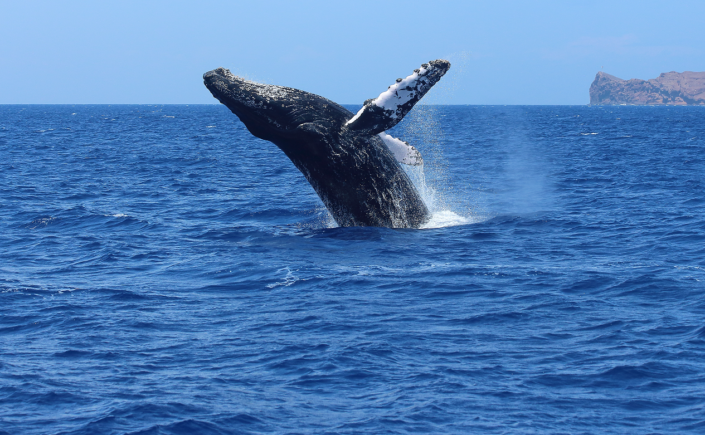By Jason Colby, author of Orca: How We Came to Know and Love the Ocean’s Greatest Predator
In late March, 150 short-finned pilot whales were stranded in Hamelin Bay on the southwestern tip of Australia. The public response was extraordinary. Within hours, more than 100 volunteers mounted a rescue mission, working tirelessly to return the animals to the sea. Although few of the whales survived, it was a moving display of interspecies empathy. That people throughout Australia and around the world mourned the whales’ fate reveals just how much our relations with cetaceans (defined as a marine mammal of the order of Cetacia; a whale, dolphin, or porpoise) have changed.
After all, people didn’t always react that way to strandings. For much of our history, the appearance of dolphins and whales on a nearby beach was regarded as a windfall, yielding a bounty of meat and oil. The kings of Europe claimed ownership over stranded whales as a royal prerogative, and the indigenous peoples of the Americas and the Pacific gave thanks for the arrival of these unexpected gifts from the sea.
With the rise of modern zoology in Europe and North America, naturalists welcomed strandings as unique opportunities. Although some researchers examined carcasses on whaling ships and flensing platforms, most had to wait for animals to wash up on the beach. When such moments came, scientists viewed the dead and dying creatures as specimens, not as individuals with social ties and stories of their own.
To be sure, relations with whales varied. In southeastern Australia, a community of mammal-eating orcas helped the whalers of Twofold Bay hunt humpback and fin whales for nearly a century. In appreciation, the residents of Eden named individual killer whales, among them a big male named “Old Tom,” who hunted with men until his death in 1930. Yet for most people around the world, orcas, like other whales, remained indistinguishable masses of flesh.
It was a stranding on the other side of the Pacific that helped initiate change. In mid-June 1945, near the end of World War II, a pod of twenty orcas beached themselves on the west side of Vancouver Island. It must have been a frantic scene. When a local indigenous man discovered the orcas hours later, several were still alive, one female having given premature birth while trying to free herself. Two weeks later, Dr. G. Clifford Carl, director of the Royal BC Museum in Victoria, arrived to examine the decaying bodies. Like naturalists before him, he viewed the stranding as an opportunity rather than a tragedy. Over the following days, he took detailed measurements of each whale and collected a full skeleton for his museum. Yet, before doing so, he carefully sketched the patterns of each orca’s eye patch and other markings. It was the first step in using natural markings to distinguish individual killer whales.
In the following years, Carl continued his observations, becoming fascinated with a unique white orca, seen frequently in local waters, whom he named “Alice.” In lectures and media interviews, he spoke often of Alice, asking locals to refrain from shooting at her or her family. In the process, he helped reframe whales as individuals with social ties.
Orca: How We Came to Know and Love the Ocean’s Greatest Predator examines the role of captivity and display in that transformation. In 1964-1965, the first orcas were captured and shown to the public in Vancouver, Seattle, and later, Sea World in San Diego. Soon the indistinguishable “killers” had become beloved celebrities—Moby Doll, Namu, Shamu. As their popularity grew, so did demand from marine parks around the world. Orcas caught in the Pacific Northwest were displayed in Great Britain, France, the Netherlands and Japan. In 1969, a killer whale named Ramu II was caught in Puget Sound and sold to Marineland Australia in Adelaide. Although whaling continued in Australia and around the world, something was changing. Spectators and scientists were beginning to view cetaceans not as specimens or statistics but as individuals.
Those connections helped spark the international crusade against whaling. After his close interaction with Skana, a captive orca at the Vancouver Aquarium in British Columbia, New Zealand scientist Paul Spong convinced Greenpeace to launch its anti-whaling campaign, which gained worldwide support by the late 1970s and early 1980s. By that time, whales had become symbols of the imperiled global environment. Yet they had also become individuals, to an extent unimaginable to earlier generations of scientists and whalers. And as we came to see them as individuals with connections and families, our responses to their misfortunes changed forever. No longer were whale strandings welcomed as an economic windfall or a chance to collect a new specimen. They were, rather, tragedies striking down sentient creatures and their beloved families.


Leave a Reply